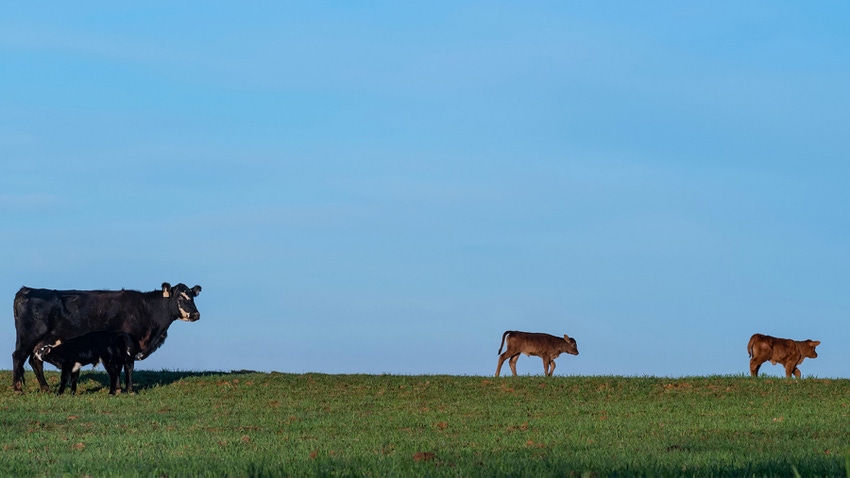February 29, 2024

Wheat producers across the state are closely monitoring fields for signs of first hollow stem, the maturity stage of the plant that indicates the time to stop grazing cattle. Paul Beck, Oklahoma State University Extension beef cattle specialist, said first hollow stem is right around the corner.
Timing is crucial in late winter and early spring. If stocker calves are pulled off grazing fields too early, producers risk losing the weight gain on their livestock. If calves are left on pastures too long after first hollow stem, wheat profit potential will drop.
Eric DeVuyst, OSU Extension agricultural economist, said research shows producers should remove cattle from grazing fields before first hollow stem.
By the numbers
DeVuyst said grazing just one day after first hollow stem could cost $6.26 per acre in wheat yield loss. Producers could see a loss of $41 per acre if fields are grazed one week after first hollow stem.
According to DeVuyst, Oklahoma-grown wheat would need to bring $2 per bushel and stocker calves would need to produce $1.90 per pound at finishing weight for producers to break even at harvest. Wheat would need to sell for $5.50 per bushel and stockers would require a market price of $5 per pound to justify grazing past first hollow stem.
For more information, watch the video above with Paul Beck on “SUNUP.” Below, Eric DeVuyst discusses the financial aspects of grazing first hollow stem.
Source: Oklahoma State university
You May Also Like




